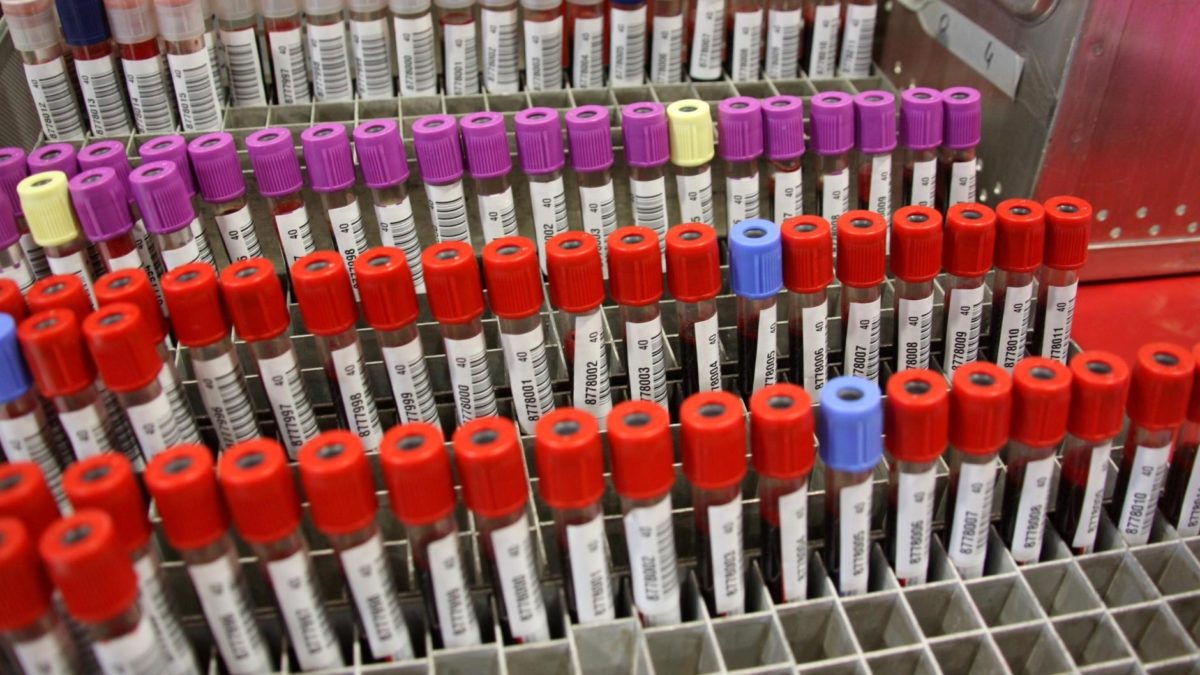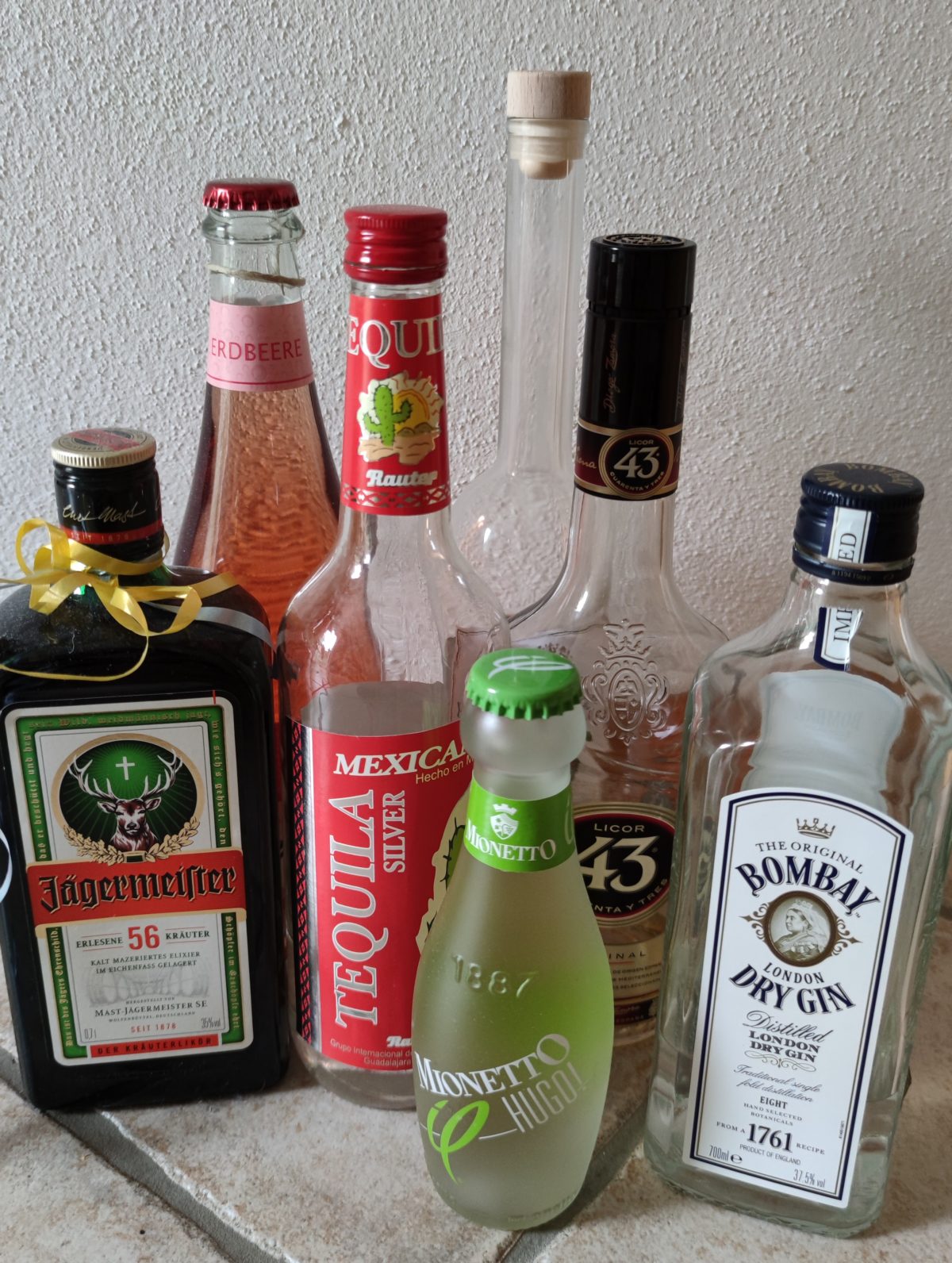Understanding Strength Through Usopp from One Piece
“Romance Dawn” is the title of One Piece’s first chapter published in July 1997. While One Piece tackles many different topics, themes, and ideas, at its core it’s a story about romance. By romance, I refer to the wider notion of romance, the feeling of excitement and mystery beyond everyday life, the longing of following one’s dreams. In its essence, One Piece is the ultimate romanticised pirate adventure. The world of One Piece is inhabited by sea monsters, giants, humans with superpowers, talking animals, angels, and self-proclaimed gods. Amidst all of that, there is also Usopp, the sniper of the Straw Hat Crew. He is a weakling, a coward, a liar and most of the time, a crybaby. The polar opposite of what a great pirate is supposed to be, right? Except that I think, he is one of the bravest and most powerful characters in the entire series.
While the Straw Hat Pirates all travel together, they each have individual dreams they strive for. In Usopp’s case, this entails becoming a brave warrior of the sea, similar to the giants he unwaveringly idolizes. The only problem: he is neither as physically strong as a warrior nor is he brave in the common sense of the word. In fact, he often hides behind his lies and comrades when facing a superior enemy. As their journey progresses, it is only natural for their enemies to get stronger as well. After barely avoiding a near-death situation on Long Ring Long Land trying to protect Robin, he recognises his uselessness. Usopp convinces himself that he, like their ship, won’t reach their final destination. He leaves the crew because he doesn’t want to drag them down. His understanding of strength is ignorant. Strength isn’t limited to physical power. As Sanji points out later, he should focus on what he can do. Through the persona of Sniper King, he uses his lies as a source of internal strength, allowing him to stand at his comrades’ side again. While his strength isn’t remarkable, his reach as a sniper is, allowing him to play a crucial part in Robin’s rescue. The idea of strength gets perfectly contrasted by Spandam, the antagonist of this story arc who fittingly gets defeated by Usopp. Spandam has no power of his own. He only wields power in the form of the buster call and CP9 members, representing everything Usopp doesn´t want to be.
By understanding his weaknesses, Usopp gains new strength. However, his understanding of Sanji’s words remained incomplete until the Straw Hats reach the island of love and passion, Dressrosa. Once more, he finds himself facing the aftermath of his lies while being the only one who can still complete their mission to knock out Sugar and break the country’s distortion. Overwhelmed by his anxiety and guilt over betraying the Tontatta Tribe’s trust, he realizes the greater meaning behind Sanji’s advice. Not do what only you can do but do everything you can do. He understands that he can’t hide behind his mask forever, dropping it and his lies with it. Through honesty, he pulled off a miracle so great the people who witness it literally titled him God afterwards. This development in character is represented by his bounty poster changing from Sniper King to God Usopp. For him to achieve his dream and become a great warrior of the sea, he must become an honest one.
There are many lessons we can learn by examining the character of Usopp but for me, it is oddly comforting to see a character in this larger-than-life setting struggling with the same mundane things I struggle with on a daily basis: battling with and ultimately overcoming his nature even in the face of great adversity.
Author: Michael Felber


